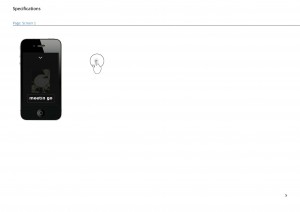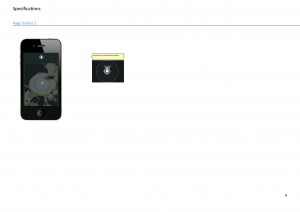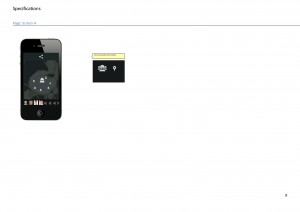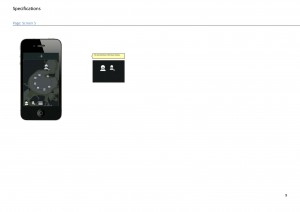his was a keynote presentation at VRST 2000, the ACM Symposium on Virtual Reality Software & Technology on October 24, 2000 in Seoul, Korea.
Flow is a subtle but important feature of virtual worlds design. Flow or blockage of flow belongs to the aesthetic dimension of online virtual worlds. The study of flow goes beyond the usual dichotomies of user / tool, subject / object. Examples from the CyberForum series highlight four different aspects of flow in 3-D avatar worlds currently deployed for online learning and conferencing. The implications of flow suggest strategies for enhancing immersion in virtual worlds.
1. Introduction
Flow is a smooth, unimpeded movement through space-time. It is an aesthetic quality of spatial movement and occurs throughout the physical world. As conceived by Feng Shui (“Water and Wind” management), everything in the universe consists of subtle patterns of moving, flowing energy. Feng Shui sees the universe alive with yin-yang pulsations. Without flow, the universe would be dead. On micro and macro levels, energy currents continually balance and counter-balance one another. As a Taoist sage put it, “We may take things at the moment to be solid, but the universe is basically smoke and wind.”
Feng Shui is the art of arrangement, of placing things in such a way as to enhance the flow of energies and to minimize dissipation. Optimal flow for living organisms means that the atmosphere feels like a spring breeze — neither fast and vehement, nor sluggish and stagnant. The quality of flow causes living beings to either flourish or deteriorate. This paper argues that the art of placement applies to the design of virtual environments just as it applies to the arrangement of the physical world. Because space-time differs from the physical to the virtual, the art of placement is not identical in both realms but the two branches of Feng Shui share much in common. This paper explores four specific ways in which flow applies to the aesthetic of virtual environments.
Selected Bibliography
Anders, Peter (1998) Envisioning Cyberspace: Designing 3-D Electronic Spaces, McGraw-Hill Professional Publishing
Benedikt, Michael (1991). “Cyberspace: Some proposals”. In Benedikt, M. (Ed.). Cyberspace: First Steps (pp. 119-224). Cambridge, MA: MIT Press.
Heim, Michael (1993). The Metaphysics of Virtual Reality. Oxford: Oxford University Press.
Heim, Michael (1998). Virtual Realism. Oxford: Oxford University Press.
Jakobsson, Mikael and Fors, Anna Croon (2000). “Beyond Use and Design: The Dialectics of Being in Virtual Worlds,” presented at “Internet Research 1.0” September 9, 2000 in Kansas City, Missouri. Also available at: http://www.informatik.umu.se/nlrg/
Lunenfeld, Peter (1999). “Unfinished Business”. In Lunenfeld, Peter (Ed.). The DigitalDialectics. New Essays on New Media. Cambridge, MA: MIT Press.








